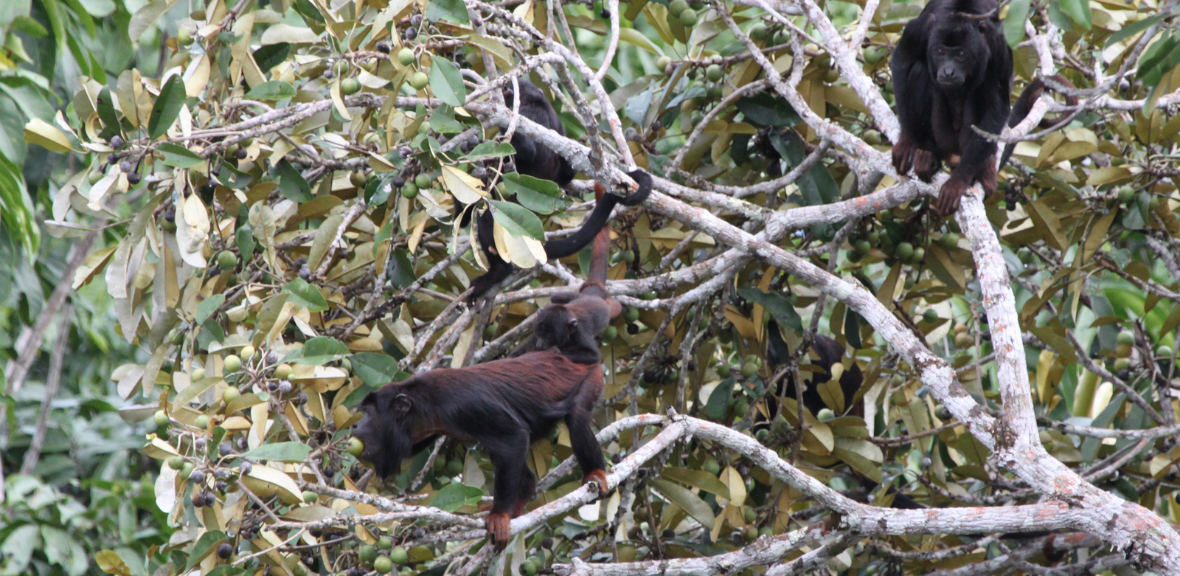
Submitted by L. Bixler on Tue, 04/06/2024 - 13:45
Image by Alexander Lees
Novel temperatures are already widespread beneath the world’s tropical forest canopies
Assumptions that tropical forest canopies protect from the effects of climate change are unfounded, say researchers
Current Biology, Volume 34, Issue 9, 2024, https://doi.org/10.1016/j.cub.2024.02.032.
Abstract:
The global restoration agenda can help solve the biodiversity extinction crisis by regenerating biodiversity-rich ecosystems, maximising conservation benefits using natural regeneration. Yet, conservation is rarely the core objective of restoration, and biodiversity is often neglected in restoration projects targeted towards carbon sequestration or enhancing ecosystem services for improved local livelihoods. Here, we synthesise evidence to show that promoting biodiversity in restoration planning and delivery is integral to delivering other long-term restoration aims, such as carbon sequestration, timber production, enhanced local farm yields, reduced soil erosion, recovered hydrological services and improved human health. For each of these restoration goals, biodiversity must be a keystone objective to the entire process. Biodiversity integration requires improved evidence and action, delivered via a socio-ecological process operating at landscape scales and backed by supportive regulations and finance. Conceiving restoration and biodiversity conservation as synergistic, mutually reinforcing partners is critical for humanity’s bids to tackle the global crises of climate change, land degradation and biodiversity extinction.
Read the full essay HERE
